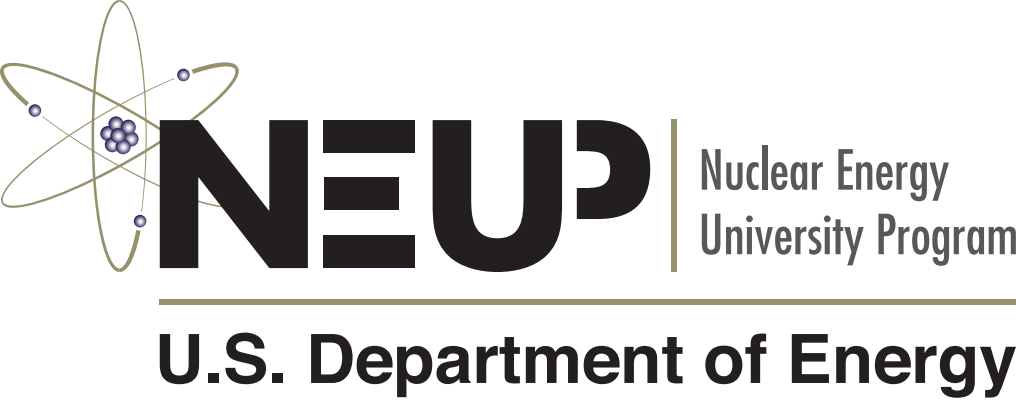FY 2016 Research and Development Awards
The Energy Department is awarding over $35.5 million through its Nuclear Energy University Programs (NEUP) to support 48 university-led nuclear energy research and development projects to develop innovative technologies and solutions. These projects will be led by 31 U.S. universities in 24 states.
A complete list of R&D projects with their associated abstracts is available below.
*Actual project funding will be established during the award negotiation phase.

